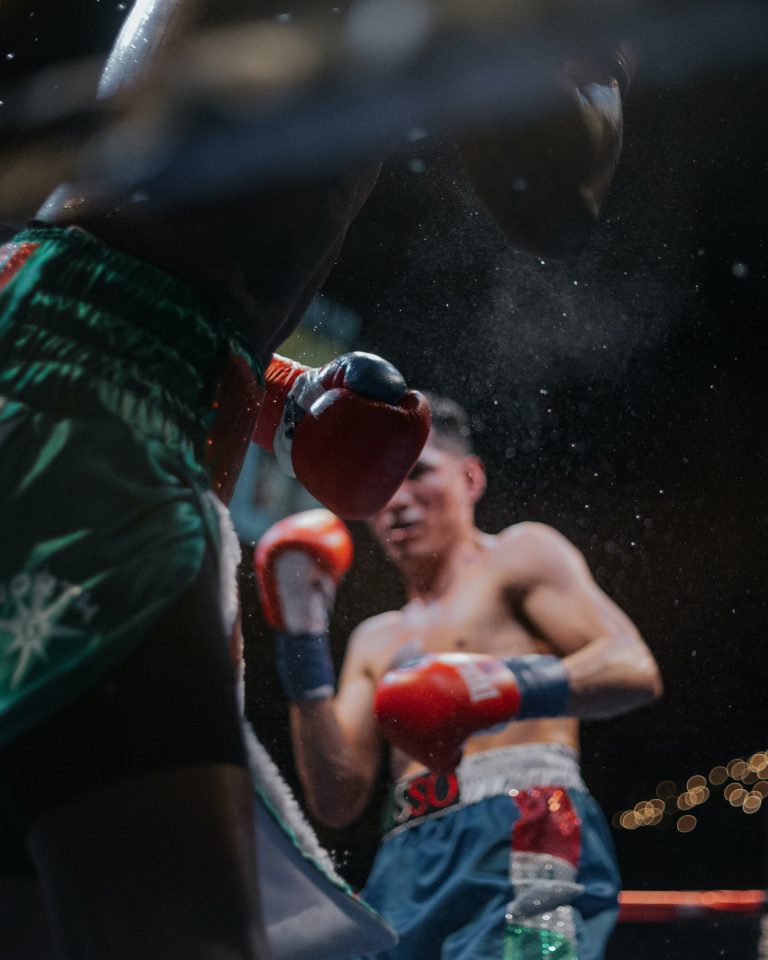What Color Belts Are There in Karate?
Karate is a martial art that was developed in Okinawa, Japan, in the early 1900s. Karate practitioners are awarded different colored belts to indicate their level of proficiency in the art. The color of the belt indicates the level of expertise of a karateka or a student of karate. An unranked beginner in Karate wears a white belt, while advanced students and masters wear different colored belts. In this article, we will explore the different color belts in karate and what they signify.
White Belt
The white belt is the starting point for a beginner in Karate. This belt symbolizes innocence and purity, as the student knows very little about Karate. It indicates the beginning of the journey in karate, where a student learns the fundamental techniques and stances.
Yellow Belt
The second belt in the karate ranking system is the yellow belt. A student is awarded a yellow belt after demonstrating proficiency in basic techniques such as punches, kicks, and blocks. The yellow belt is significant as it indicates the first step towards the intermediate level of training.
Orange Belt
The orange belt is the third belt in the karate ranking system. A student is awarded an orange belt after demonstrating proficiency in kata (form) and kumite (sparring). The orange belt indicates an improvement in the student’s technique and knowledge of karate.
Green Belt
The fourth belt in the karate belt ranking system is the green belt. A green belt indicates that the student is well-versed in the fundamentals of karate and has gained a deeper understanding of the art. A green belt is awarded to a student who demonstrates proficiency in various techniques such as combination moves and sparring techniques.
Blue Belt
The fifth belt in the karate ranking system is the blue belt. It is awarded to students who have shown exceptional skill and knowledge in karate. The blue belt is a significant accomplishment, as it indicates that the student is well on their way to becoming a black belt.
Purple Belt
The purple belt is the sixth belt in the karate ranking system. It indicates that the student has developed a high level of proficiency in karate and has advanced knowledge of the art. A student with a purple belt is considered to be an intermediate level student.
Brown Belt
The brown belt is the seventh belt in the karate ranking system. A brown belt indicates that the student has nearly completed their training and is on the verge of becoming a black belt. The brown belt is also significant as it indicates that the student has learned to use their force and speed effectively.
Black Belt
The black belt is the highest belt in the karate ranking system. After years of training and dedication, a student is awarded a black belt. The black belt is a symbol of mastery, indicating that the student has reached the pinnacle of karate training. However, achieving a black belt only means that the student has just begun the journey of truly mastering the art of karate.
What Color Belts Are There in Karate?
Introduction
Karate is a traditional martial art that originated in Okinawa, Japan. The practice emphasizes physical training and discipline, and through practice, students can ascend different levels of proficiency. One common foundation of the hierarchy in karate practice is the belt system. In this article, we will discuss the various colors of belts that are available in karate, their meanings, and some frequently asked questions on the topic.
What is the Purpose of the Belt System in Karate?
Belts serve a symbolic purpose in karate, and each color is an indicator of the student’s current level of knowledge and skill. New students begin with a white belt, and progress through multiple stages to eventually reach the esteemed black belt level – an indication of mastery in the art.
What Are the Different Levels of Belts in Karate?
White Belt – A symbol of a student’s purity and lack of knowledge in the art. New students begin at this level.
Yellow Belt – This color belt symbolizes the earth on which karate grows. Students who have mastered basic techniques can progress to this level.
Orange Belt – At this level, the student has shown a good foundation in basic techniques, but there is still room for growth.
Green Belt – This color belt symbolizes growth and represents a level of proficiency in karate. Students at this level begin to study more advanced techniques.
Blue Belt – At this level, the study of kata, a sequence of movements that simulate combat, becomes more important. The blue color symbolizes the sky, reminding students to aim high.
Brown Belt – This color represents maturity, and students at this level begin to master kata while training for their black belt.
Black Belt – This is the highest level of the karate belt system, and it symbolizes proficiency in the art. Attaining a black belt requires years of discipline, dedication, and hard work.
What Does Each Belt Color Represent?
The colors of karate belts represent different virtues and ideals, and these are foundational to the structure of the martial art. Here is a brief overview of what each belt color represents:
– White Belt: purity and innocence
– Yellow Belt: the earth’s foundation, upon which karate is built
– Orange Belt: the rising sun, symbolizing the beginning of a new day and new challenges
– Green Belt: growth and development
– Blue Belt: the sky, reminding students to aim high
– Brown Belt: maturity and self-awareness
– Black Belt: proficiency and mastery of the art
What is the Timeframe for Achieving a Black Belt in Karate?
The timeframe for achieving a black belt in karate depends on various factors, such as the martial arts school’s curriculum, the student’s dedication, and natural talent. Generally, most students take around 3-5 years of consistent study to earn their black belt. However, it’s worth noting that some accomplished martial artists can take much longer.
What Happens at a Belt Ceremony?
Belt promotions are celebrated with special ceremonies, depending on the school’s preference. In general, students who have met the grading requirements will be examined by the instructor and asked to demonstrate their expertise in various techniques, including kata, sparring, and physical fitness. The student may then be formally awarded the new belt during an official ceremony, where they will receive congratulations, applause, and a certificate.
How to Identify the Karate Belt Colors
If you are new to the Karate world, you might be wondering about the different belt colors you might see upon entering a dojo. Karate belts are a symbol of experience, dedication, and hard work. Karate students wear belts of different colors to identify their level of expertise. Below is a detailed guide on how to identify the different karate belt colors.
The White Belt
The white belt is the first belt a beginner receives when beginning their journey in karate. The white belt represents purity and innocence. It is worn by persons who have no experience in the martial arts.
The Yellow Belt
After a few months of practice and mastering the basics, students are promoted to the yellow belt. The yellow belt represents the sun and is a symbol of warmth and growth.
The Orange Belt
The orange belt represents the ripening of the sunflower and the growth of the student’s skills. A student who wears the orange belt has developed solid foundations in the martial art.
The Green Belt
After mastering the basics and developing stronger techniques, the student is promoted to the green belt. The green belt represents a new phase of growth in the student’s journey.
The Blue Belt
The blue belt represents a deepening of the student’s knowledge and power in karate. A student who has achieved the blue belt is beginning to master complex techniques and movements.
The Purple Belt
The purple belt represents the transformation of the student’s self in the karate journey. At this level, the student has refined their techniques and is improving their katas/kumite.
The Brown Belt
The brown belt represents the richness of the earth and the roots that grow deep into the ground. It represents the student’s pre-shodan training, and a student at this level is considered to be an advanced practitioner.
The Black Belt
The black belt, seen as a symbol of mastery, represents the absence of color and the highest level of proficiency. It is a symbol of the student’s skill, experience, and dedication to the martial art.
Conclusion
Understanding karate belt colors is important for any student starting the Karate journey. As one progresses in the martial art, specific karate belt colors symbolize the growth and progress of the student. Receiving a new belt is a clear indication of progress, and it motivates the student to continue striving for excellence. With hard work and dedication, a student can progress from a white belt to a black belt in karate.
Inhaltsverzeichnis






